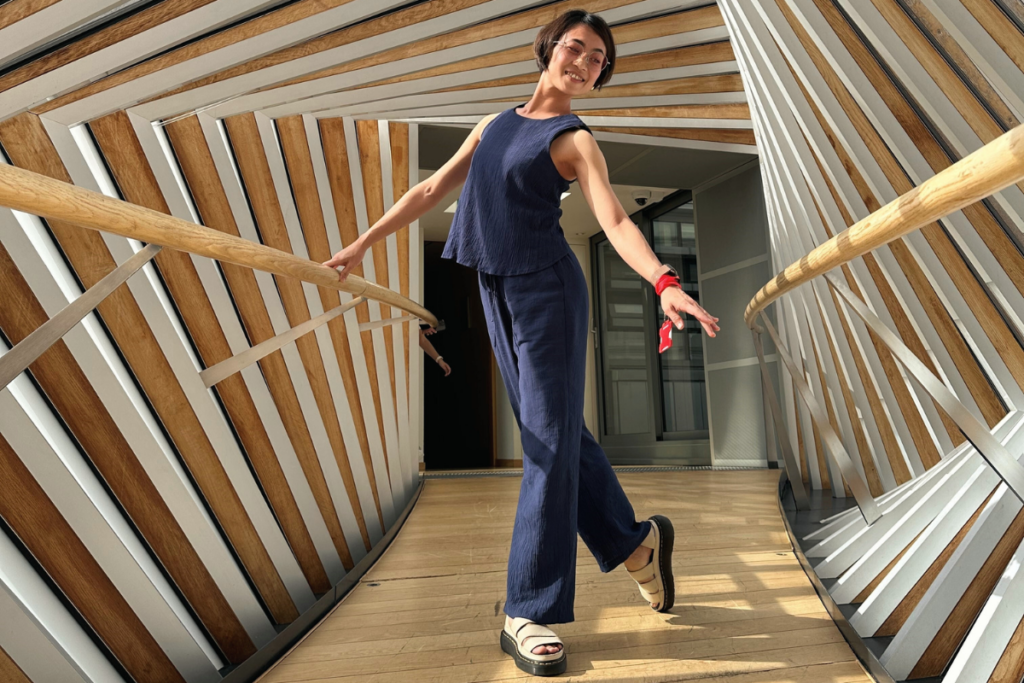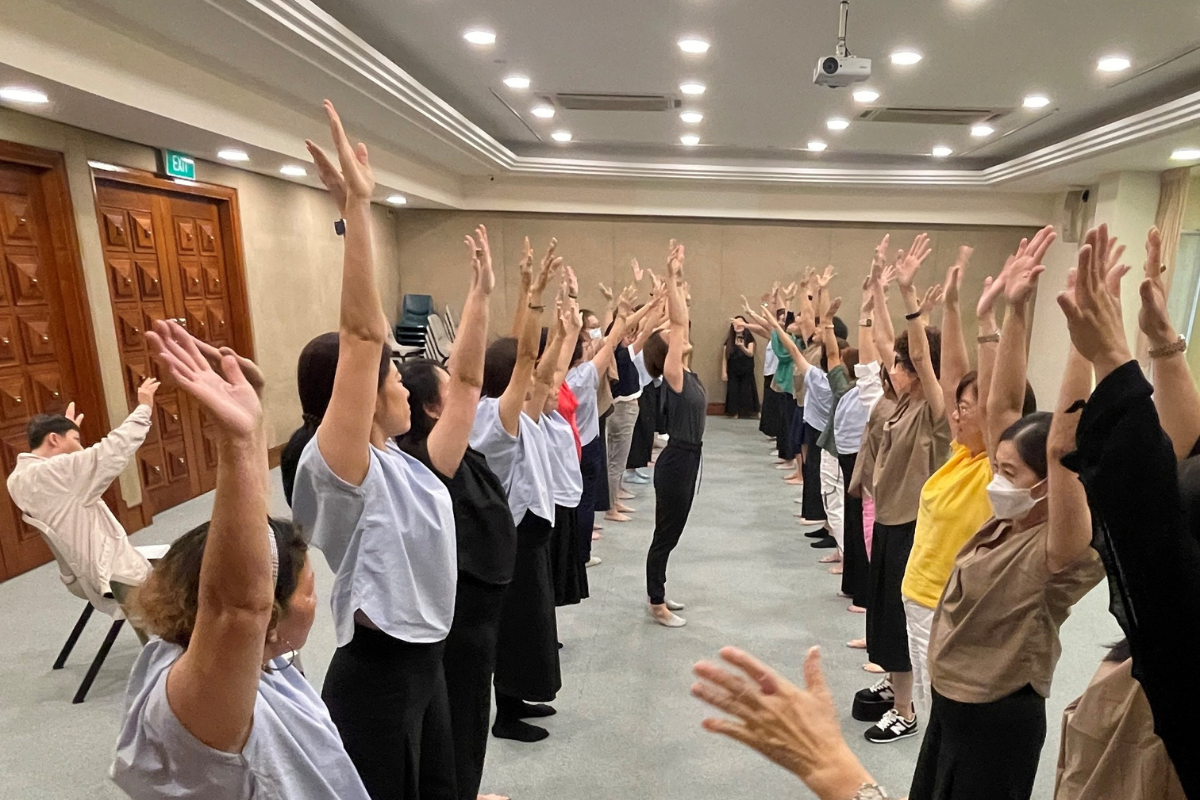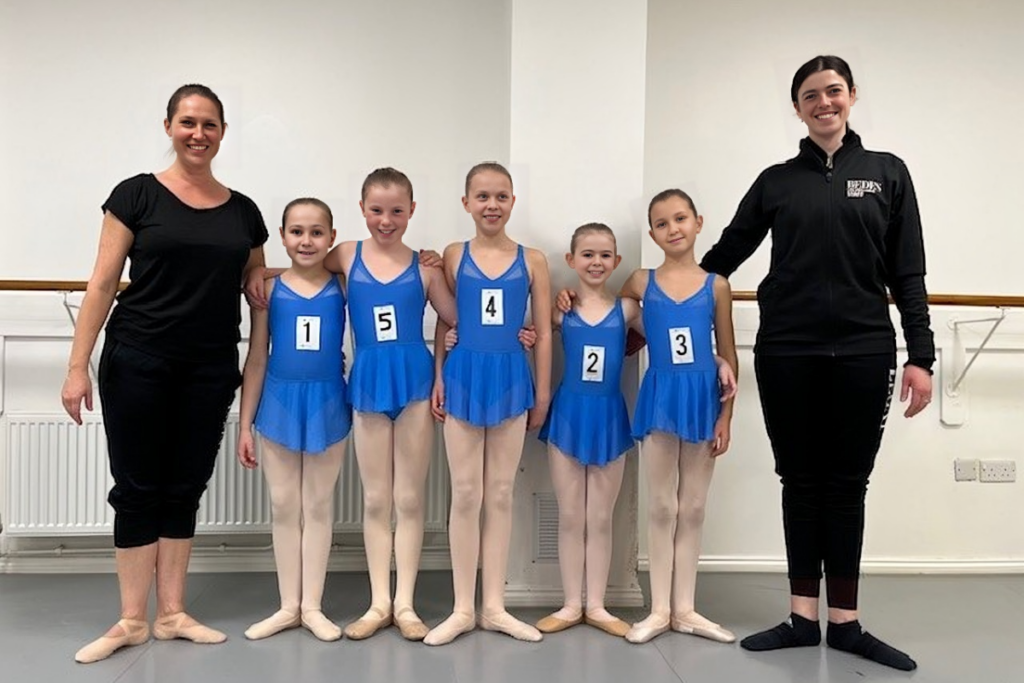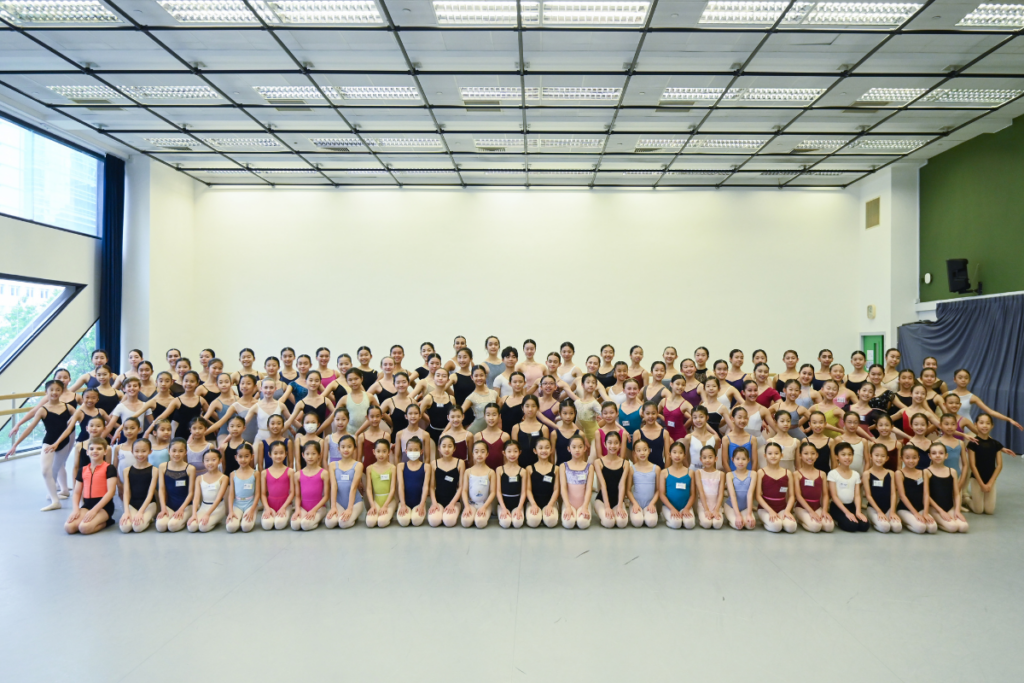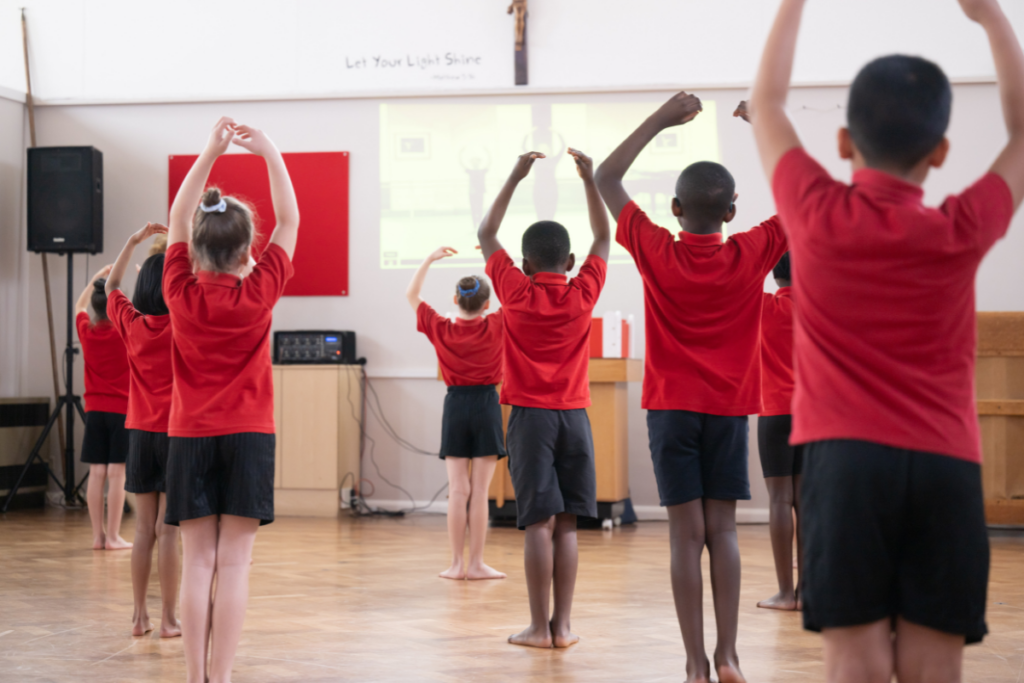Empowering adults with diverse abilities through our Affiliate Programme
Our Affiliate Training and Assessment Programme (ATAP) empowers private and recreational dance teachers to provide holistic, process-driven learning relevant to the children they teach. The programme creates an environment where teachers and students value and enjoy dance education and training.
One of our ATAP teachers, Jia Xi Lee, recently adapted our Level 2 training for adults with diverse abilities. Her aim was to make dance accessible to all, transcending barriers and promoting inclusivity and holistic learning:
ATAP Level 2 was adapted and delivered to adults with diverse abilities between 40 and 70 years old, from fit and healthy individuals to those with neuromotor disorders with only limited movement of the arms. Most of them have never experienced a dance class.
While students’ needs have always been my priority, with the ATAP philosophy and framework, I find myself being a lot more organised in class planning to meet the needs of students holistically within the three domains of cognitive, affect, and psychomotor.
She adopted a unique approach to class planning, treating each session as a rehearsal for a stage performance:
Each ’practice‘ allows me to refine my class activity and enchainment ideas, considering differentiation and dance elements that could increase teaching and learning efficiency using the ballet movement vocabulary.
She also shared with us a fun experience from the class:
We had a lot of fun dancing to the Spanish pop song Macarena as a preparatory enchainment to learn port de bras. We started by reaching the arms straight in all directions and making circular motions with a bit of flair. We also built rapport and confidence through partnered mirroring.
Once everyone became comfortable with the steps through practice and reciprocal feedback, we attempted the same enchainment with the music from Swan Lake. Almost everyone instantly followed the music and moved their arms in curved shapes and floating motions, leading to the discovery of port de bras in clear directions in relation to the body, identified as ballet positions of the arms.
She also spoke with us about the importance of inclusion and exploration within the class:
The class was beautifully cohesive and interconnected rather than fragmented into unrelated exercises of different parts of the body. When we are all having fun while learning, time flies; many of them start by telling me that ’I could never dance,’ ’I cannot stay standing for the whole class,’ and ’I have pains in my back and shoulder.’ Everyone stayed with me throughout the class, dancing, participating, and having fun! Inclusion was one of the teaching spectrums that came in handy in this situation, as well as command, practice, convergent/divergent thinking, and guided discovery. For example, it was important to have accessible chairs strategically located in space and a few participants with some experience on the lookout for those who might need assistance throughout class.
It was the most rewarding when one of the students with neuromotor disorder sitting on her chair moved her arms bigger and faster while others expressed, ’I feel like I’m dancing the ballet‘, all with big smiles on their faces. With vulnerability they opened up to me as dancers rather than people with diverse and differing abilities.
Jia Xi Lee has encapsulated the transformative power of ATAP to make dance a universal experience. The programme’s commitment to inclusivity and holistic learning breaks down physical barriers and fosters a community where individuals can embrace vulnerability and celebrate their shared passion for dance.
Applications are now open for our Affiliate Training and Assessment Programme. Learn more here and apply today.

